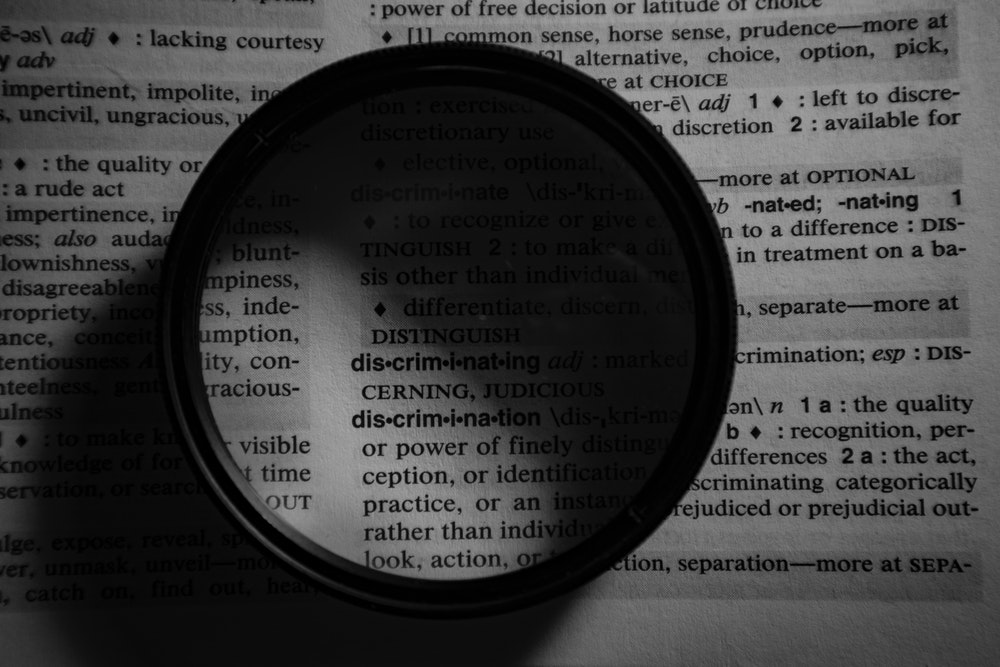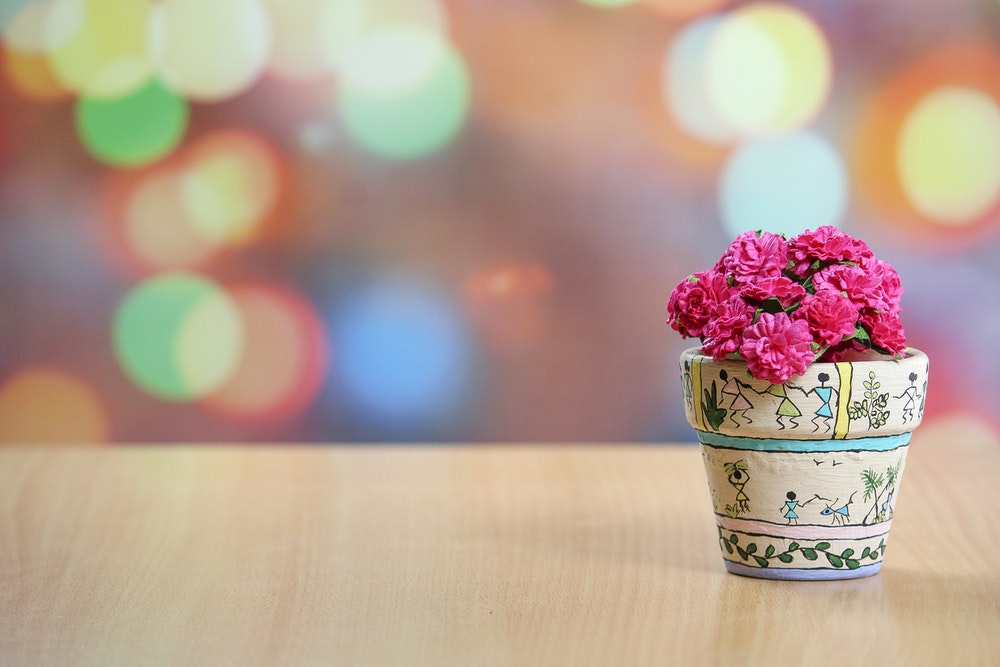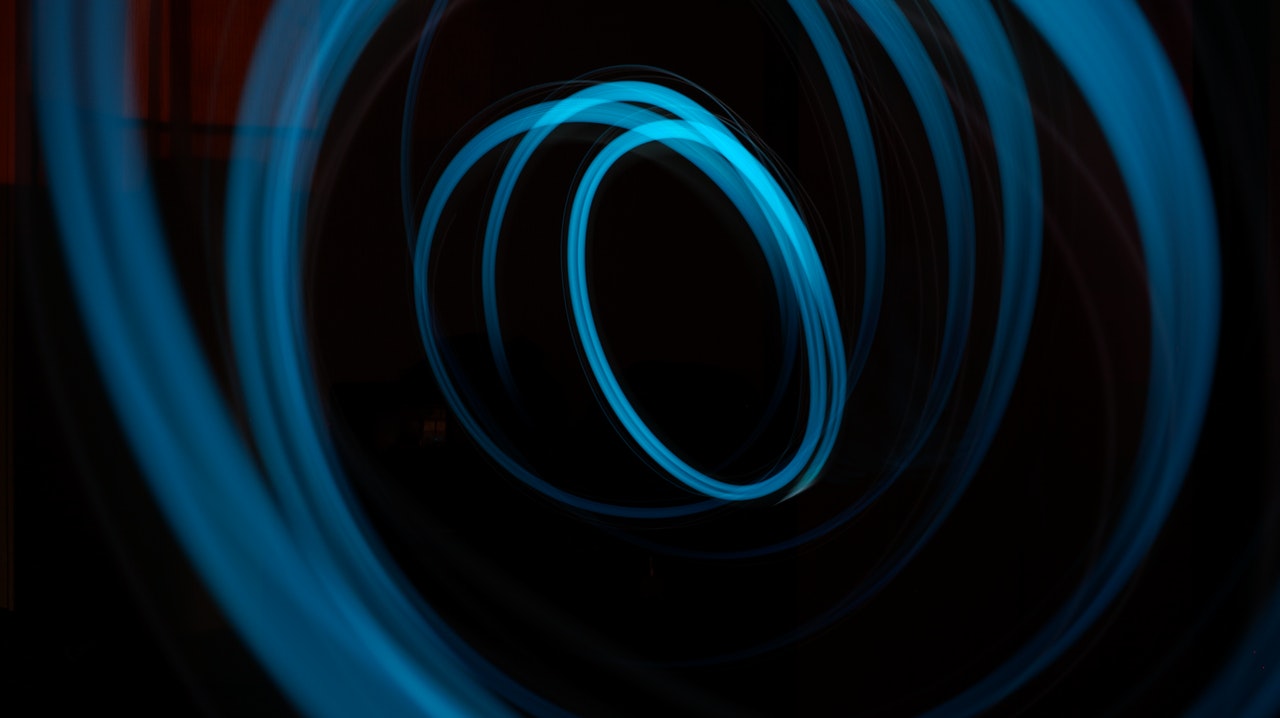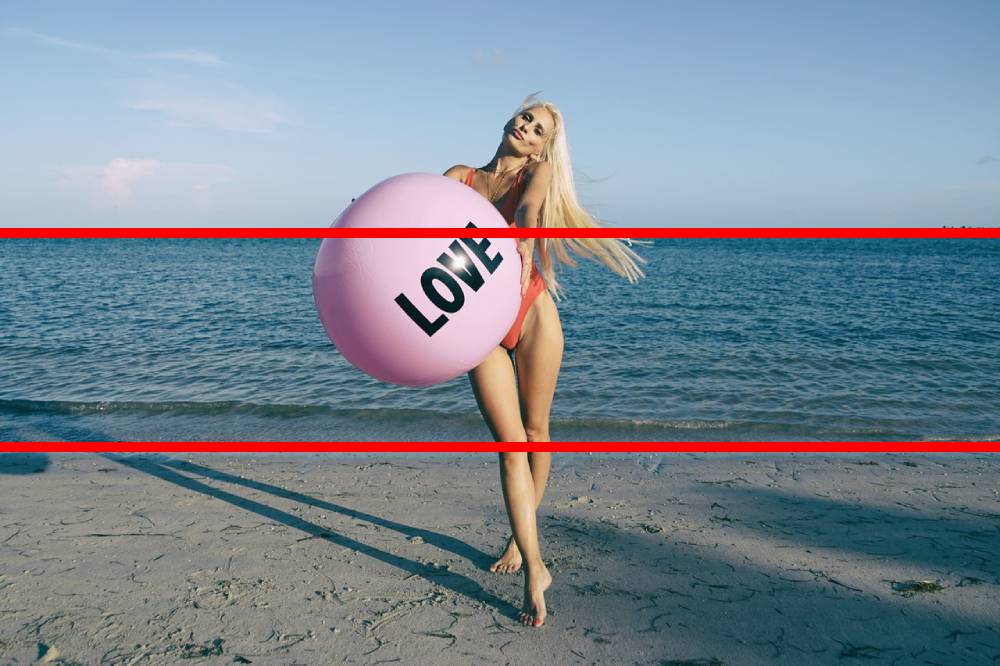List of Common Photography Terms You Should Know

Photography is quite a broad field in itself. A large number of complexities are involved in this process. Here, we are going to share with you a list of common photography terms you should know.
Whether you are a beginner or an expert, the following list of 40 terms are going to help you a lot throughout your journey. Let us get started without further delay.
Aperture
Think of aperture as the iris within the human eye. This is the point that lets light inside the lens and fall on the sensor to create an image there.
Back button focus
The camera starts focusing when you half-press the shutter release button. But when you want to shoot without focusing like this, you should use the back button focus, placed near the LCD screen.
Bokeh
The smooth blur effect, intentionally created by the photographer to enhance the quality of the image.

Bracketing
A process of capturing the same image with different camera settings. Very commonly used in HDR photography.
Burst Mode
This is a specific feature that comes with most cameras used to shoot a series of photos. It is a very important feature of wildlife, sports and action photographers.
Camera Modes
Advanced cameras have a feature that lets you control some settings manually while other settings are selected by the camera automatically. The settings that you can choose are called camera modes.
Composition
No list of common photography terms is complete without mentioning composition. The skill of composition techniques is the art of arranging within the frame of a photo.
Depth of field
It refers to the particular region in your image that is in focus. A larger depth of field means a large portion of the image is in focus.
Diffraction
When you go on decreasing the value of the aperture, the image will get blurrier. This is called diffraction.
Distortion
The quality of the lens that alters the image up to some extent without the intention of the photographer. It can be corrected later on with the help of editing software.
EXIF Data
EXIF data is the additional information associated with an image like the camera settings, date, and time when the photo was captured.
Exposure
Exposure is the quantity of light that falls on the sensor of a digital camera. Less value means low light while more value is associated with more light falling on the lens.
Exposure compensation
Feature of the camera that tells the camera to balance the light in an image based on the camera settings you have opted for.
Exposure triangle
The exposure triangle is the combined and balanced use of three major camera settings i.e. exposure, ISO, and shutter speed.
Filters
One of the most important in our list of common photography terms you should know. These lens filters are either attached in front or back of the lens. They alter the quality of light entering your lens.
Focal length
Basically, a camera lens property. It lets you know the extent up to which you are zoomed in.
Focus stacking
A special technique to get multiple images with a focus on different regions of the same subject. At last, all those images are stitched together to get the full image of the subject.
Glass
Glass can often be missed in a list of common photography terms, however you hear it quite frequently among photographers. Glass is simply a photographers slang word meaning camera lenses. For example 'I bought some expensive glass' means that I purchased a new (and I assume high priced) camera lens.
HDR
Cameras can't see the minute diversity in colours like the human eyes. High Dynamic Range lets the cameras capture 2 images with different contrast. Then those images are blend together with the help of software.
Hot shoe
A part on the top of the camera, that used to attach an external flash or other accessories to the camera. Very useful in improving the utility of a DSLR.
Image Blending
A technique where multiple photos are taken and then they are merged together. This has become a nice technique to create some really beautiful images.
Image Stabilisation
A built-in feature of digital cameras that lets the camera counteract the movements in it. It is very useful when you are holding the camera in your hands.
ISO
It is a term used to describe your camera's sensitivity to light. If you are shooting in dark surroundings, you may use higher ISO and vice versa.
JPEG
A heavily compressed file format that makes the image represent only 8-bit color. It is the default file format in photography.
Light meter
The light meter is an inbuilt feature coming with most digital cameras. They help you know about the light available in a particular scene.
Long Exposure
If you have increased your shutter speed to a few seconds or even more than that, it is called long exposure.

Macro
It refers to the technique of taking images from very close. Shooting photos of bugs, flowers, and other such small objects.
Manual mode
A mode in the cameras that offer you full control over most settings of the digital camera like controlling shutter speed and aperture, etc.
Megapixels
Megapixels is the term used to tell you about the resolution of the camera. The majority of DSLRs these days have 24 megapixels sensor.
Metering
The process through which a camera reads the light in a particular scene and recommends the right exposure.
Model release
A model release is an approval of certain rights, usually given within a model release form, which means that you are allowed to use the photographs of a person in specific uses. Typically, you cannot benefit from a photo of another person without a model release form.
Nifty-fifty
A common slang term among photographers which is given to the standard 50 mm lens with a maximum aperture of f/1.8. A nifty fifty is probably the most common lens in any photographers lens collection.
Noise
The availability of visible random pixels that are either dark, bright, or discoloured. Noise decreases the image quality and it is more prevalent in photos with low light.
Perspective
Perspective means the lines or angle within an image, for example, perspective in photography could use a line of trees, to help lead the viewer's eye to the top right.
Reflector
A piece of photo studio lighting equipment used to make the light bounce back towards the subject in the time of need. It is a rather cheap solution to introduce soft light in the image.
Retouching
Photo retouching means the task of editing or manipulating photos digitally, however once upon a time, this was actually all done by hand, in a darkroom, hence the term 'touching'.
Rule of thirds
The rule of thirds helps you compose the image in a better way. Divides the screen into 9 equal parts with the help of 2 vertical and 2 horizontal lines. The subject needs to be placed near the intersection points.

Shutter speed
Often called the exposure time. It is the duration of time up to which the sensor of your camera is exposed to external light.
TFP
TFP is an acronym which stands for 'time for prints'. What it means is swapping an amateur or professional models time in exchange for prints or retouched digital images.
This is a common way that photographic models start their careers, and done well, is beneficial for everyone involved, such as makeup artists, hair dressers and more.
White Balance
A feature to let you choose different settings for different surroundings as every colour has its characteristic temperature. It helps you get a perfectly balanced photo in varying surroundings.
Photographers! Earn a $200 Sign up Bonus... |
|---|
Interested? Sign-up here(more details) |
Summary: common photography terms
It might be a lot to learn at once. But you can have a look at them anytime. These are one of the most common photography terms you should know.
About the Author
Miles Burke is a photographer, marketer and all round geek. Miles can be found blogging on his personal blog, or as the main editor, here on the Create blog.


